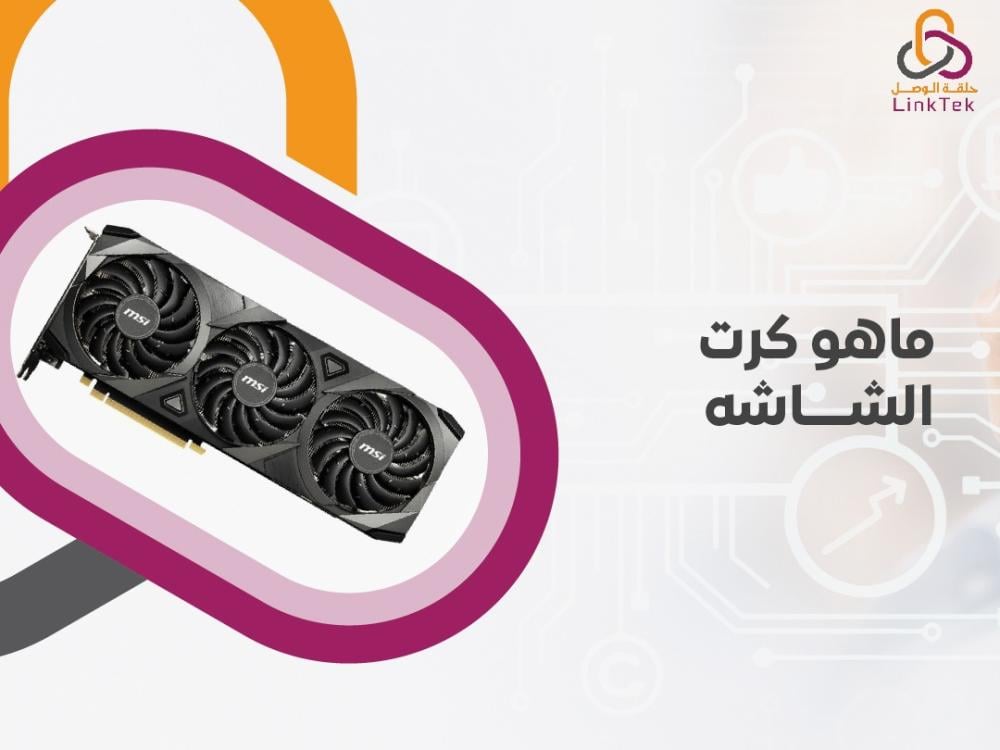
The screen and its specifications are among the most crucial features to consider when purchasing or using any computer. The graphics card, or GPU (Graphics Processing Unit), plays a key role in this aspect. Therefore, understanding what a graphics card is, its function, and its importance to a computer is essential. This article provides a detailed overview of graphics cards, including what they are, their functions, and their impact on computer performance.
What Is a Graphics Card?
To begin with, let’s address the primary question: what is a graphics card? A graphics card is a hardware component of a computer responsible for rendering images, running games, and playing videos. It converts the digital data received from the computer into signals that can be displayed on the screen. Graphics cards are also known by various other names, including graphics adapter, video card, and display card.
What Is the Function of a Graphics Card?
The function of a graphics card, as mentioned earlier, is to display images on the computer screen. It processes the digital data produced by the central processing unit (CPU) and converts it into signals suitable for display. Additionally, it handles the processing of images, videos, and graphics.
Different Forms of Graphics Cards
Graphics cards are physical components found inside a computer and come in the following forms:
- Integrated Graphics Cards: Built into the computer's motherboard and share system memory.
- Dedicated Graphics Cards: Separate from the motherboard and have their own memory.
- External Graphics Cards: Connected externally via ports such as USB or Thunderbolt.
- Professional Graphics Cards: Designed for tasks requiring high-end processing, such as 3D modeling and video editing.
What Is the Importance of a Graphics Card?
As previously mentioned, the importance of a graphics card lies in its ability to display images and videos by converting the CPU's digital data into viewable content. The features and capabilities of the graphics card significantly impact the computer’s overall performance and display quality, which in turn affects the purchasing decision.
How Does a Graphics Card Affect Your Choice of Computer?
The specifications of a graphics card are crucial as a computer cannot function properly without one. The various factors affecting the capabilities of a computer’s graphics card include:
- Graphics Performance: The ability of the graphics card to handle complex graphics. Higher performance improves the speed at which images, videos, and games are rendered.
- Display Resolution: A graphics card with higher capabilities offers better resolution for images, videos, and graphics displayed on the screen.
- High-Definition Video Playback: Enhanced graphics capabilities allow for high-definition video playback, with some graphics cards supporting resolutions such as HD and 4K.
- 3D Graphics Processing: High-end graphics cards can process and display 3D images and graphics with high quality.
Components of a Graphics Card
- Graphics Processing Unit (GPU): The core component responsible for rendering and processing graphics.
- Video Memory (VRAM): A type of RAM used specifically for storing images and videos being displayed on the screen.
- Heat Sink and Fan: Used to reduce the temperature of the graphics card.
- Power Connectors: Present in mid-to-high-end graphics cards to supply additional power.
- Ports: Used to connect the display screen to the graphics card.
Understanding what a graphics card is and its impact on a computer's features is crucial for anyone looking to purchase a new computer. The primary function of the graphics card is to process digital data from the CPU and convert it into displayable images and videos, which is essential for the computer’s performance.

